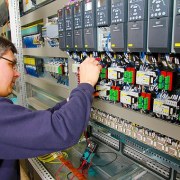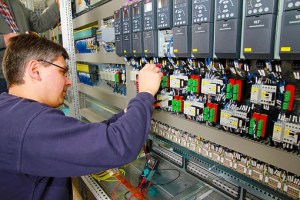Suntec City Office Towers Selects UnaBiz to Enhance Indoor Air Quality for Tenant Comfort
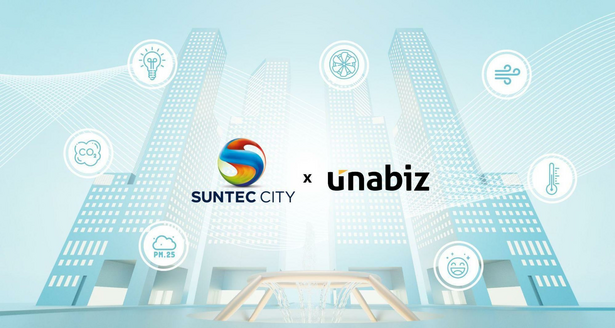
Suntec City Office Towers, an iconic integrated commercial development located in the Marina Bay Precinct within Singapore’s Central Business District, embarks on a comprehensive refurbishment project with UnaBiz, Massive IoT service provider and integrator. The large-scale project includes the replacement of existing key equipment to enhance the reliability of the Air-Conditioning and Mechanical Ventilation (ACMV) system, and the installation of an indoor air quality (IAQ) monitoring solution to improve air quality standards and enhance the comfort of tenants in the office environment.
Suntec City is a landmark development which comprises five Grade A office towers, a world-class convention and exhibition centre, and one of Singapore’s largest shopping malls, all of which are interlinked by street-level plazas and underground walkways.
Over the next six months, UnaBiz will work together with ACMV expert, D-Team Engineering, to
- Replace the Air Handling Unit (AHU) at the plant room located adjacent to the service corridor.
- Replace the Variable Volume Air (VAV) Controller sets located within the office areas.
- Deploy close to 800 wireless IAQ monitoring sensors and 50 LoRaWAN gateways to monitor the IAQ levels of all five Suntec City Office Towers to ensure consistent IAQ standards and monitor the performance of the new ACMV systems.
“Suntec City is dedicated to enhancing workspace comfort and upholding a commitment to environmental sustainability through the use of more energy-efficient equipment,” said Steven Kong, Senior Manager of Operations of APM Property Management. “The main purpose of the rejuvenation plan is to help maintain comfort and a stable temperature in all five office towers. A data-driven ACMV system ensures good air quality for shoppers and tenants, while a high energy-efficiency system helps optimise energy consumption and reduce carbon emissions.”

Image Credit: APM Property Management
The Suntec office towers comprise five buildings named Towers One through Five with four containing 45 stories and one 18 stories. The latter has 28,000 square feet of net lettable floor area on each floor while the 45-storey towers consist of floor plates ranging from 10,000 to 14,000 square feet. UnaBiz will be installing Milesight IAQ sensors and gateways, with Actility ThingPark Enterprise on-premises IoT platform on a LoRaWAN network for this project. The deployment will be carried out in phases starting with Tower 4, followed by Tower 2, Tower 3, Tower, 1 and Tower 5. In total, there are about 2.3 million square feet of office space. Tower One to Four is 45-storey representing the 4 fingers and Tower 5 is 18-storey representing the thumb.
The IAQ sensor utilised by UnaBiz is a comprehensive 9-in-1 solution that integrates nine types of sensors to measure various ambience conditions including CO2 concentration, temperature, humidity, light, TVOC, barometric pressure, PM2.5, PM10, formaldehyde and motion. This energy-efficient sensor is designed for real-time monitoring and collecting reliable IAQ data 24/7.
Mr Jonathan Tan, Managing Director of UnaBiz Singapore said, “As an IoT service provider and integrator, we are pleased to work with D-Team Engineering, Actility and Milesight to help bring this project to life. The COVID-19 pandemic has demonstrated to us the importance of IAQ monitoring as the majority of us spend our time indoors. By integrating indoor IAQ monitoring with the new ACMV system, Suntec City can prioritise tenant well-being, and optimise airflow and energy consumption through data-driven ventilation. This integrated solution can help Suntec City achieve both their Social and Environmental goals.”
“Actility is thrilled to provide its QoS-based LoRaWAN IoT mediation solution that will ensure reliable wireless communication towards the whole Suntec complex. Helping to solve real problems with improved air quality and reduced carbon emission is the goal of our communication solutions and part of Actility Core values. We are proud to partner with UnaBiz on such a large-scale project.” said Alban Médici, APAC Managing Director of Actility.
“Milesight is dedicated to promoting greener buildings and enhancing the comfort of its tenants. Utilising our advanced 9-in-1 IAQ sensors and LoRaWAN gateways, building managers can enable optimised, data-driven air quality and streamlined operations for Suntec City Office Towers, effectively elevating its air quality standards and enhancing its tenant’s comfort and well-being,” said Leon Jiang, Vice President of Milesight.
The phased refurbishment works are expected to be completed by 2024 and will continue to strengthen the value propositions of the office towers.



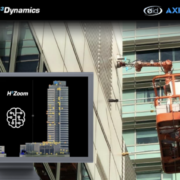
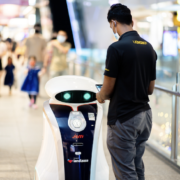
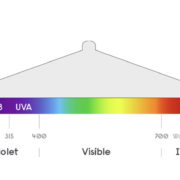
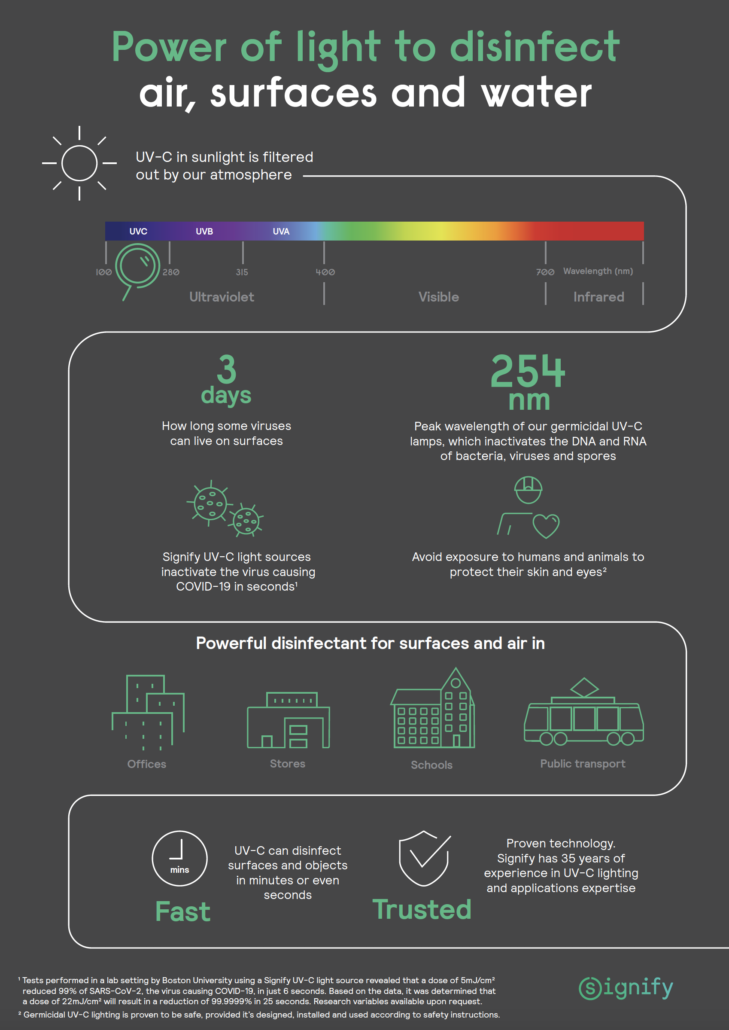 Signify
Signify 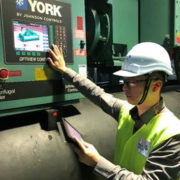


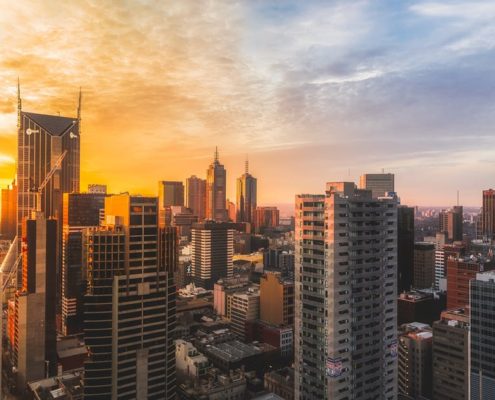 Schneider Electric, one of the world’s leader in digital transformation of energy management and automation, recently announced that independent analyst firm Verdantix has positioned the company as a leader in its Green Quadrant Facility Optimisation Software report.
Schneider Electric, one of the world’s leader in digital transformation of energy management and automation, recently announced that independent analyst firm Verdantix has positioned the company as a leader in its Green Quadrant Facility Optimisation Software report.

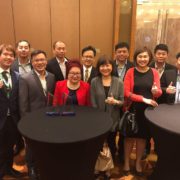
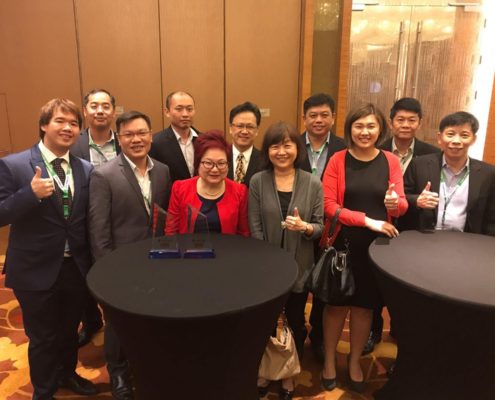 C&W Services Singapore was named Best Facility Management (FM) Service Provider of the Year for the second year running at the recent Singapore Facility Management (FM) Awards 2017. It also scooped the Singapore FM Service Provider Award for Innovation Excellence.
C&W Services Singapore was named Best Facility Management (FM) Service Provider of the Year for the second year running at the recent Singapore Facility Management (FM) Awards 2017. It also scooped the Singapore FM Service Provider Award for Innovation Excellence.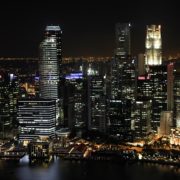
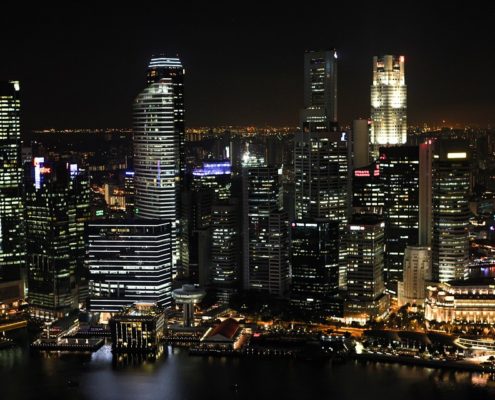 Global real estate company JLL is adding to its portfolio of services with the launch of its Command Centre in Asia Pacific. The new product provides real estate owners and occupiers with advanced analytics and operational knowledge for real time, remote monitoring of buildings and facilities.
Global real estate company JLL is adding to its portfolio of services with the launch of its Command Centre in Asia Pacific. The new product provides real estate owners and occupiers with advanced analytics and operational knowledge for real time, remote monitoring of buildings and facilities.